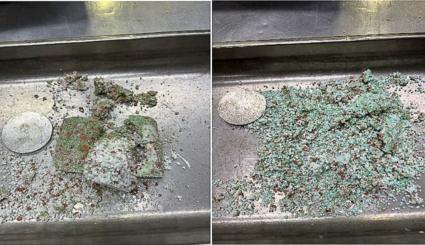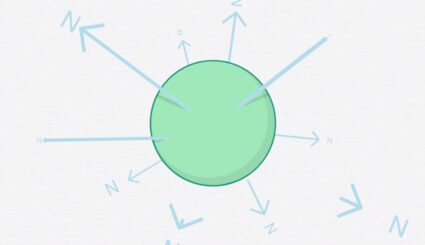One-pass: No Problem

One-pass fertilizer application gives growers an easy-to-see and quantifiable advantage. When growers refer to one-pass application, they’re talking about the practice of applying fertilizer and seed simultaneously during planting. This not only reduces field passes but can also boost nutrient-use efficiency and keep soil compaction to a minimum. It’s that simple. Don’t forget about the time saved, workload reduced and the economic advantage of applying fertilizer and seed all in one pass.
During times when both fuel and fertilizer prices are high, a single nitrogen application during seeding can help save time, and money, offering a better return on investment.
Seeding during the springtime can make balancing the right amount of nitrogen (N) with the right application time tricky. Growers may at times have the added challenge of completing any unfinished remnants of fall harvest as well as wet soil conditions in the spring. Navigating these conditions for seeding coupled with the time constraints of spring is challenging enough without adding in another pass for fertilizer application. Applying N at seeding can be an attractive solution.
One-pass fertilizer application may place some or all of the fertilizer in the seed row. Using this technique with N fertilizer has benefits and risks. Applying N fertilizer with the seed can put seedlings at risk of dehydration from the fertilizer competing for moisture, or free ammonia gas released from certain N fertilizers can damage the seed. Both of these effects are based on the concentration of the fertilizer, soil conditions, and proximity to the seed and seedling.
ESN® SMART NITROGEN® offers security for growers who want the benefits of one-pass application in the seed row without the risk of seed damage. ESN, the most widely-used, controlled-release N fertilizer available, protects the N inside a polymer coating that encapsulates the urea granule. This coating releases nitrogen into the soil in response to increasing soil temperature – ensuring the N is being released when the plant needs it and will actively take up the N. The coating provides a protective barrier between the seed and fertilizer, so growers can safely apply ESN with the seed at up to three times the safe rate of urea.
Growers know N applied in the spring will still be available when the crops need it most because of its controlled-release nature. The controlled release helps prevent against common N losses including denitrification, leaching and volatilization. Less nitrogen lost to the environment means more nutrition for your crop for higher yields and more money in your pocket.
With ESN, growers can reap the benefits of one-pass seeding – reduced soil compaction, better nutrient efficiency and operational savings – while reducing risks of seed-row N application.
Get application recommendations for your crop or contact an ESN rep to learn more about how ESN can benefit your operation.


